
The AIgorythm project

Playwright and actor
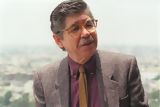
Novelist

Writer and poet

Volleyball player

Italian-Peruvian naturalist and geographer

Singer and percussionist

Last Inca emperor

Politician, former prime Minister

Journalist and TV host
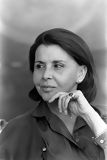
Poet

Inca warrior

Actor and comedian

Biophysicist

Poet

Doctor and researcher

Businessman, Interbank group

Journalist and writer
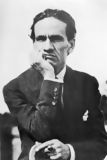
Poet and writer

Singer and songwriter
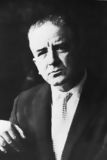
Writer

Film director, Berlin Golden Bear winner

Football player

Writer and journalist
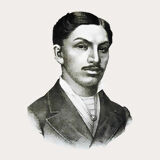
Doctor and scientist

Photograph

Chess player

Industrialist

Former general

Specialist in public health

Actress and singer

Afro-Peruvian music singer

Mathematician and engineer

Indigenous chronicler

Neurologist and anthropologist

Painter

Football player
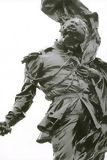
National hero, military leader

Intellectual and reformer

Chef and entrepreneur

Fashion designer

Singer-songwriter

TV presenter

Marathon runner

Indigenous Peruvian chronicler

Theologian

Former national team captain

Economist and former health minister

Inca princess

Writer and television host

Folk musician

Poet and guerrilla
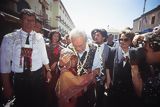
Former UN secretary-general

Chef, known for fusion cuisine

Football player

Peruvian aviation pioneer

Poet and artist
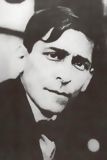
Marxist philosopher and writer

Industrialist and businessman
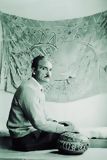
Novelist and ethnologist

Painter and muralist

Opera tenor

Fashion designer

Cardinal of Lima

Peruvian tennis player

Football coach

Leader of the indigenous rebellion

Military hero

Latin singer
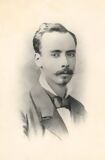
War of the Pacific hero

The youngest mother in history

Politician
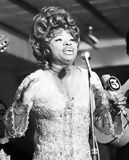
Creole music singer

Tennis player

Musician

Writer and politician

Politician and founder of the Christian Democratic Party

Founder of Sodalitium Christianae Vitae

Archaeologist and anthropologist

Military leader and politician

Television host
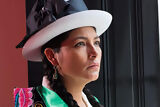
Actress and singer
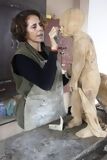
Contemporary sculptor

Women’s rights activist

Beauty queen

Astrophysicist

Heroine of independence

Mathematician and archaeologist

Historian and anthropologist
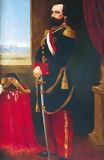
Military figure and historical figure

Fashion photographer

Writer, Nobel Prize in Literature, Politician

Revolutionary leader
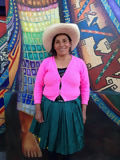
Environmental activist

Leader of the indigenous rebellion

Musician from Gaia band

War hero
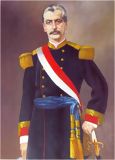
Military leader and politician

Chef, known for Nikkei cuisine

Volleyball coach and former player

Environmental activist

Television personality

Writer

Football player

Epidemiologist and former health Minister

Inventor and aerospace pioneer

Soldier and inventor

Rock singer

Chef and co-owner of Central restaurant

Painter

Football player

TV presenter and actress
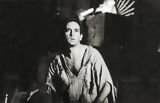
Actor
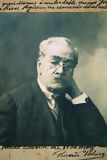
Writer and historian

Journalist and lawyer

Archaeologist, founder of Caral site

Monk and Saint
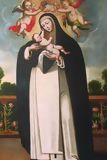
Saint, patron of Latin America

Physicist and engineer

World champion surfer

Actress

Oncologist

Singer, Latin Grammy winner

Former mayor of Lima

Singer

Actress

Former football player

Painter
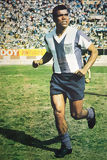
Former football player

Painter

Inca leader

Archbishop, saint
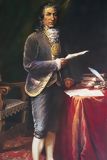
Leader of the indigenous rebellion

Revolutionary indigenous leader

Diplomat and intellectual

Sculptor and painter
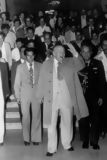
Political leader, founder of APRA

Lawyer and Former prime minister

Chef of Central restaurant

Former head of secret services

Popular singer

Fashion designer

Exotic music singer
Felipe Huamán Poma de Ayala (c. 1535-1616) was a Peruvian indigenous chronicler, best known for his work Nueva corónica y buen gobierno (New Chronicle and Good Government). Written between 1600 and 1615, this vast document describes the life of the Incas before and after the Spanish conquest. Huamán Poma's work serves as both a critique of colonial rule and a plea for reforms to improve the lives of the native populations under Spanish governance. He was born into an Inca noble family, which provided him with a bilingual education in both Quechua and Spanish, essential for his role as a chronicler.
Huamán Poma was born into a noble family in the region of Ayacucho. His Quechua name, Felipe Huamán Poma, translates to "eagle" and "mountain lion," reflecting the Incan tradition of giving symbolic names. He grew up during a time of significant political and social upheaval, as the Inca Empire had been conquered by the Spanish in 1532. Despite his noble heritage, Huamán Poma witnessed firsthand the difficulties and abuses endured by the indigenous population under colonial rule.
Between 1600 and 1615, Huamán Poma embarked on writing his masterpiece, the Nueva corónica y buen gobierno, a sprawling document of over 1,000 pages in which he meticulously described the daily lives of the Andean peoples and sharply criticized the Spanish administration. Addressed to King Philip III of Spain, his work aimed to expose the abuses committed by Spanish colonizers and propose a new model of colonial governance that would respect indigenous cultures and protect the rights of native peoples.
The Nueva corónica is not just a chronicle of Inca life before the arrival of the Spanish; it is also a searing indictment of the colonial system. Huamán Poma detailed the injustices inflicted on the indigenous people by the encomenderos, priests, and colonial officials. According to his work, the colonial administration was rife with corruption and brutality, leading to the exploitation of indigenous people and the destruction of their culture.
One of the most striking features of the Nueva corónica is its nearly 400 illustrations, which depict life in The Andes before and after the conquest. These drawings provide a visual account of Andean customs, traditions, and rituals, as well as the abuses of colonial rule. Huamán Poma's illustrations are among the earliest graphic representations of indigenous history in the context of colonization, making his work a rare and valuable visual and literary document.
Despite its significance, the Nueva corónica remained unknown for centuries. The manuscript was sent to the king of Spain but never reached royal hands and was lost in the archives until it was rediscovered in 1908 at the Royal Library of Copenhagen, Denmark. Since its rediscovery, Huamán Poma's work has been the subject of numerous studies and publications, and he is now recognized as one of the great chroniclers of colonial Peruvian history.
Today, Felipe Huamán Poma de Ayala is regarded as a defender of indigenous rights and a pioneering critic of colonialism. His work has had a profound influence on later studies of Andean history and the role of indigenous peoples in the making of colonial Peru. His ability to combine art with social critique has left an indelible mark on Latin American historiography, and his legacy remains relevant in contemporary struggles for indigenous rights.
Felipe Huamán Poma de Ayala is not only a key figure in Andean history but also a symbol of the intellectual and cultural resistance of indigenous peoples to colonization. His Nueva corónica y buen gobierno remains a crucial work for understanding the colonial history of Peru and the complexities of the interaction between colonizers and indigenous peoples. Through his writings and drawings, Huamán Poma left a lasting legacy that continues to inspire historians, artists, and human rights advocates worldwide.